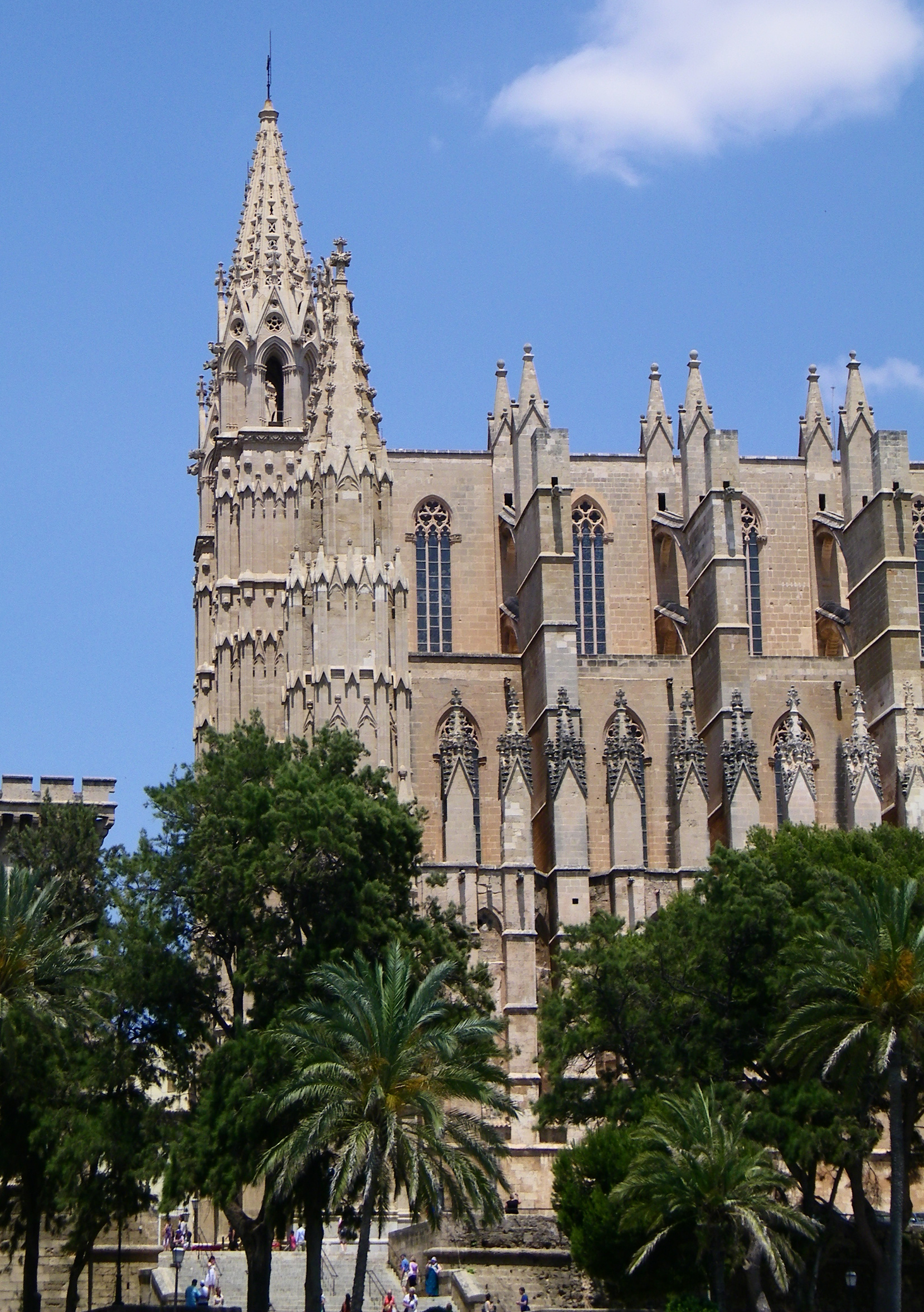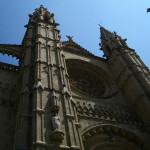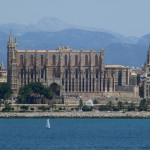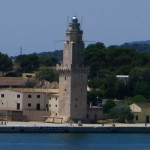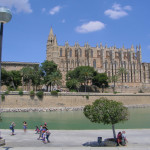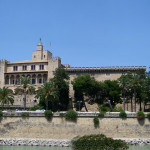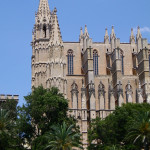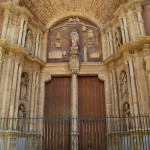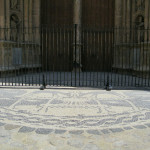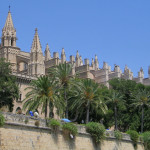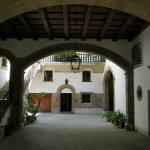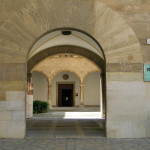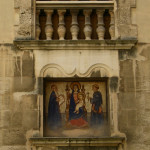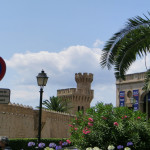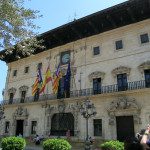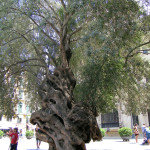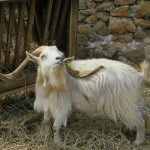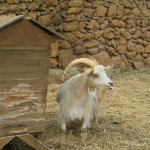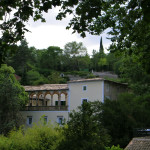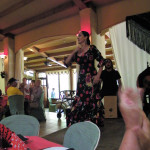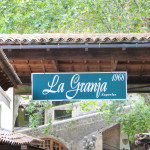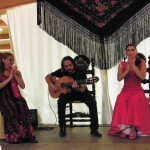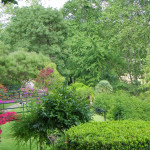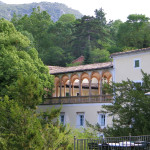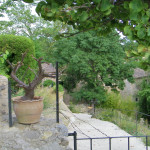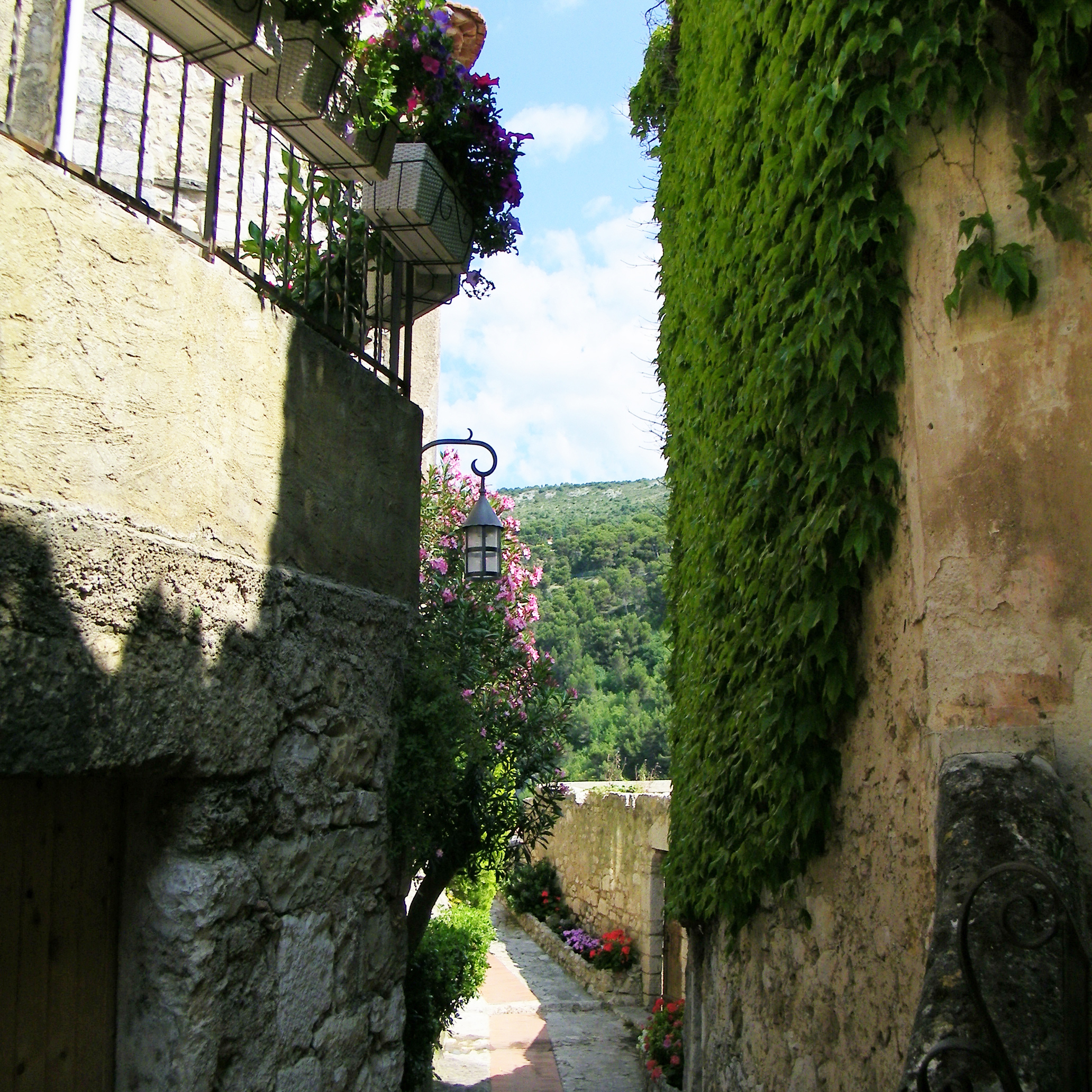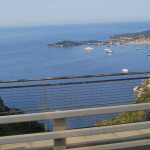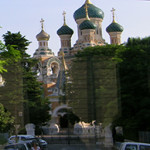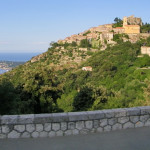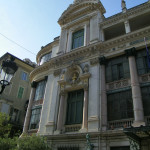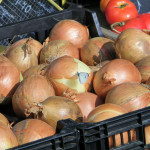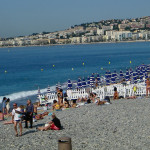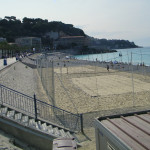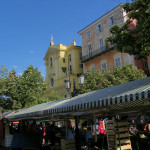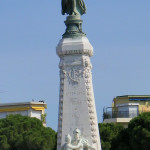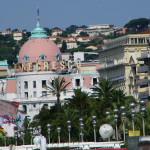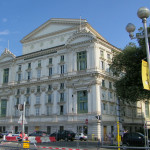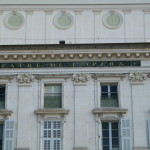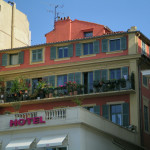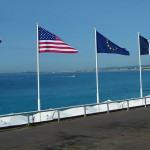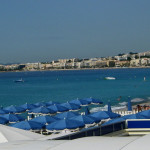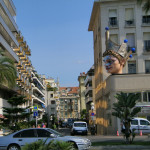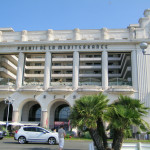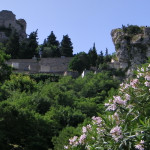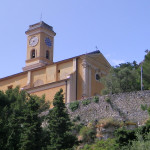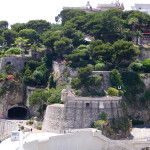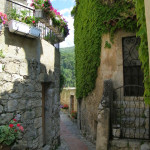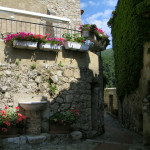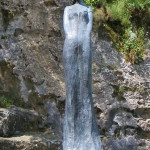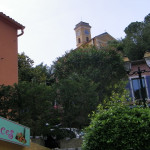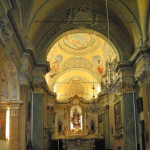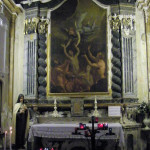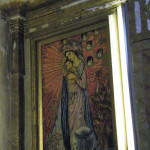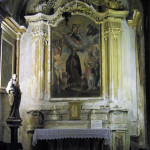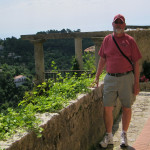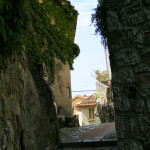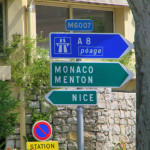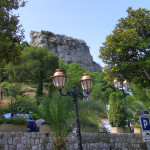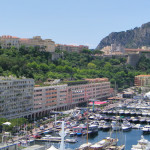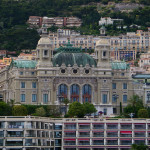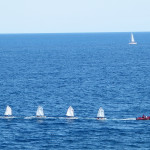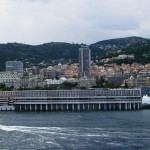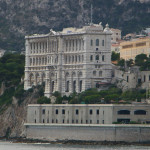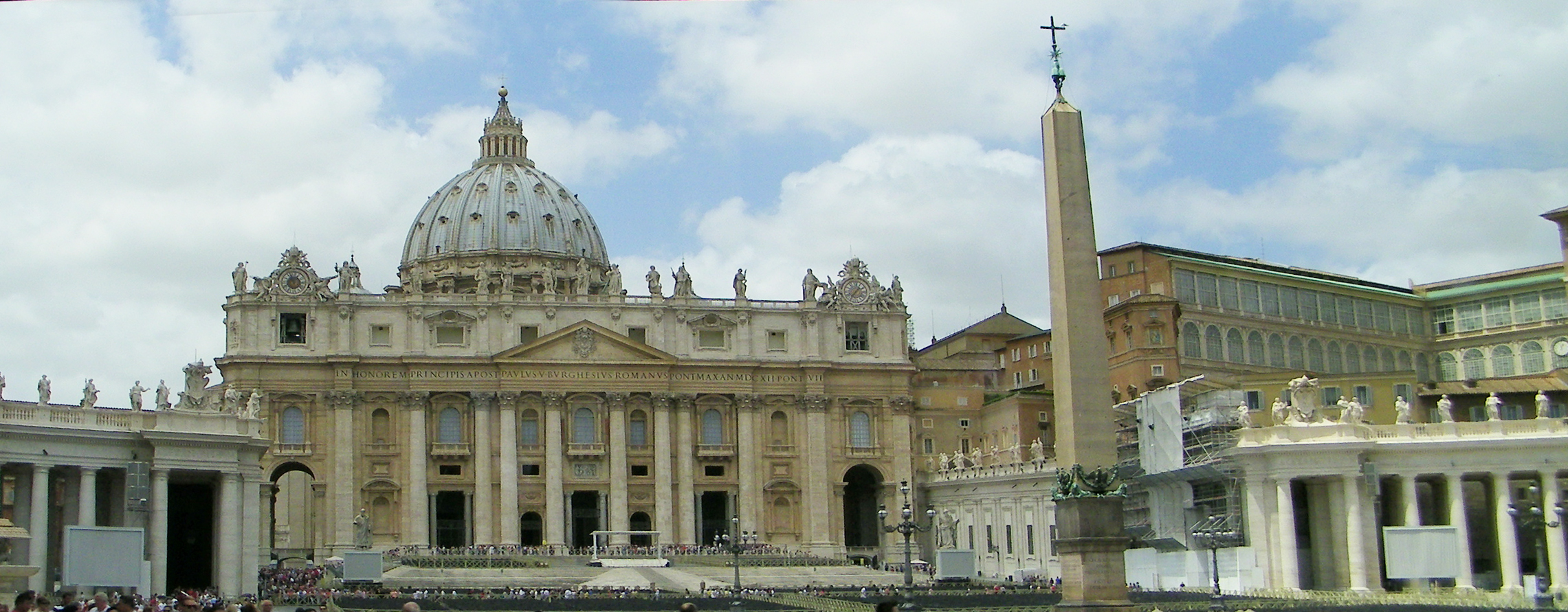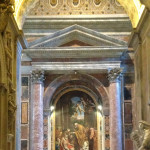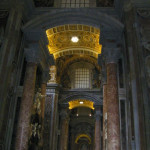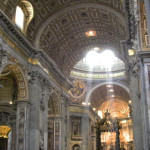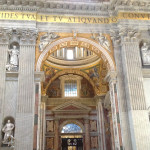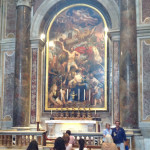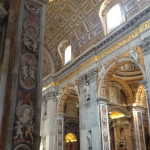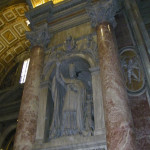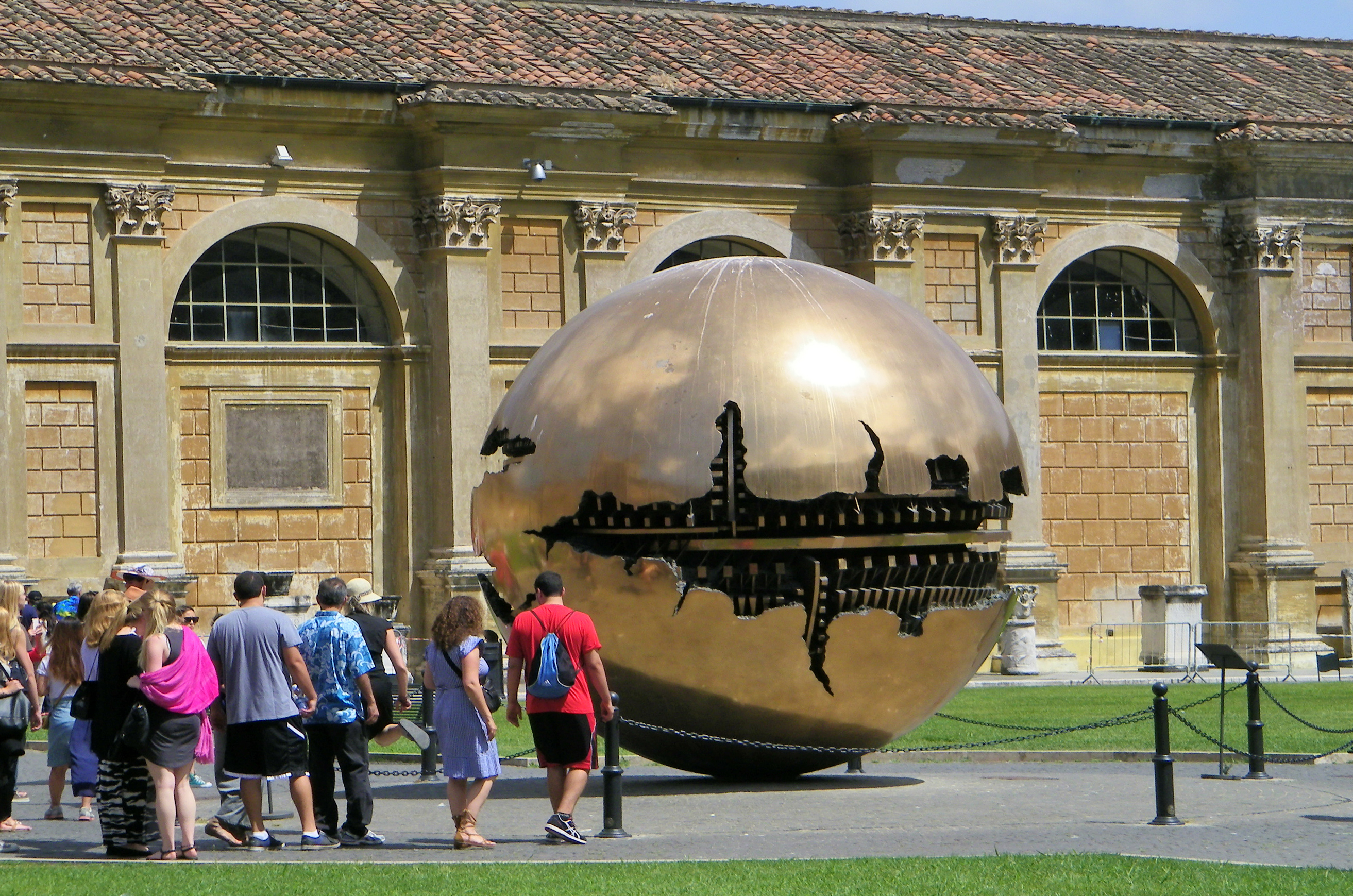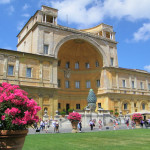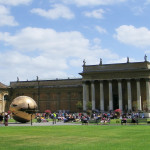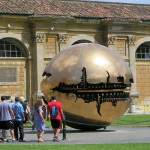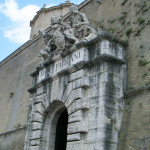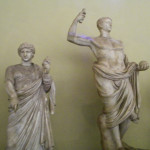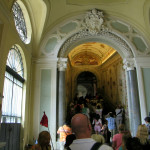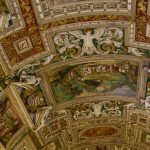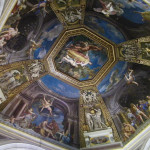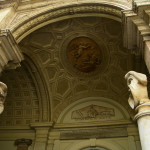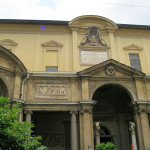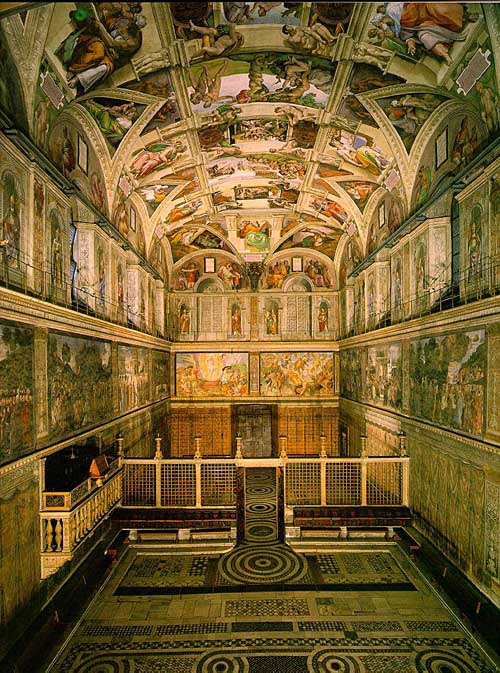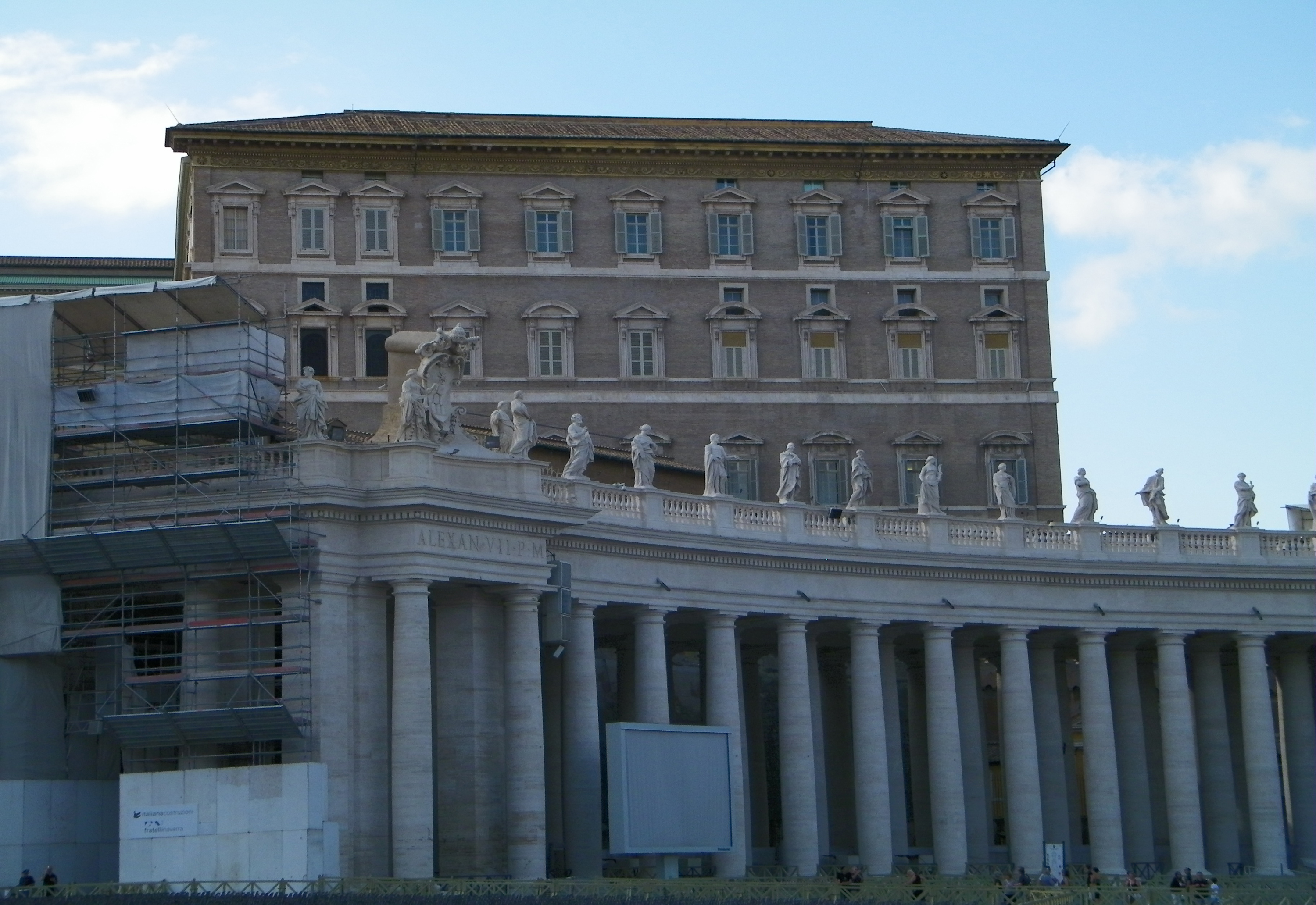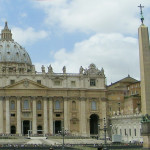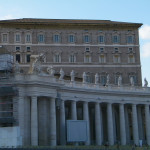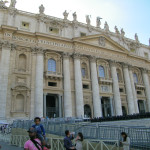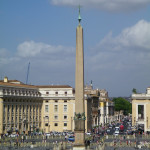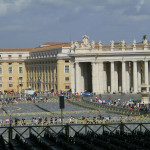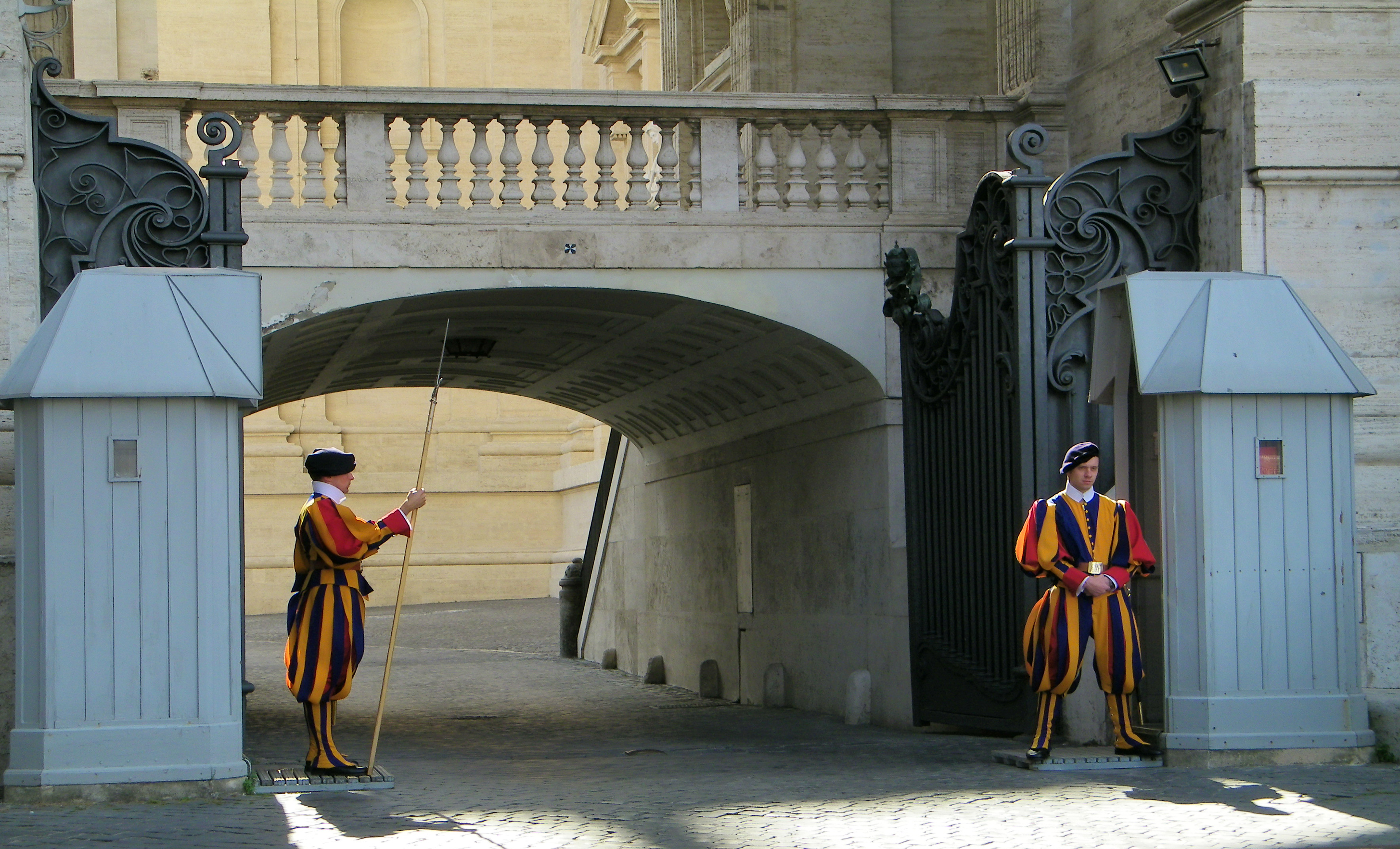As our Med Cruise winds down, we docked in the Port of Palma in its capital city of Majorca. A lovely stroll thru its narrow streets, a tour of a fantastic cathedral, and a scenic drive to the country, gave us just a taste of Spain.
Click on the first photo in each group and scroll to see the square photos at full size.
To start at the beginning of this series, visit Mediterranean Cruise.
Another Fabulous Day is Ahead
We docked at the Port of Palma to some pretty stunning views. We moored at the pier, disembarked and loaded into a motor coach which took us into Palma, the capital city of the Island of Majorca (Spain) and up to the fabulous Palma Cathedral, more commonly called La Seu. Read the captions for descriptions, if available.
Fabulous Architecture
This magnificent Catalonian Gothic cathedral is the landmark of the city. At one time the Mediterranean Sea came right up to the cathedral, providing a perfect reflection in the water. Later as other roads were added, the Parc de la Mar – a manmade lake – was added to provide a similar reflection and to offer folks a place to sit beneath the palm trees and enjoy the beauty of the stunning cathedral. There are a number of concerts and festivals here throughout the year.
Overlooking the Parc de la Mar and the Mediterranean Sea, this cathedral lies in the oldest part of the city and is dedicated to San Sebastian, Palma’s patron saint. Although we couldn’t go inside, we were able to spend some time looking around the exterior to get some pictures.
To the left of La Seu in the pictures above, with commanding views over the Bay of Palma, is the Royal Palace of La Almudaina – a fortified palace. It was claimed as official royal residence in the early 14th century and still is to this day. The Royal Family uses it for ceremonies and State receptions, having his private summer residence in the Palace of Marivent on the outskirts of town.
We followed our guide as we walked the narrow cobblestone streets of this beautiful old town to take a look at the old palaces that are now residences for wealthy families, as you can tell by the immaculate streets.
La Granja for Wine, Tapas, and Flamenco
When we had seen a bit of the old town, our motor coach made its way to the town of La Granja, about a 30 minute drive through some very beautiful country. These handsome goats greeted us as we entered the grounds.
A Wonderful Afternoon
We were offered wine, and then some more wine, and since half of our table didn’t drink theirs, we just couldn’t let it go to waste! The tapas (and the wine) were delicious and soon it was time for the flamenco show. One woman was older, more experienced and seemed to be the mother. Two others joined her and one was noticeably pregnant! Very pregnant in fact. We were keeping an eye on her, because with all of the shaking and stomping going on we were sure that a new little flamenco dancer would be making their debut at our show.
Luckily they took a break and sat for a while and we listened to the wonderful Spanish music while we enjoyed some more wine. It was a spectacular show and we thoroughly enjoyed chatting with the others at the table and we were very happy that no babies were born on stage today!
Wow, What a Cruise!
We enjoyed a stroll around the grounds with a little wine buzz. This was a glorious day in a beautiful country. As we headed back to the ship, we couldn’t help feeling a little sad, as tomorrow we would be pulling into Barcelona and disembarking the Carnival Sunshine for good. 🙁
Next stop: Montserrat (Barcelona)
Happy trails,
Barb
